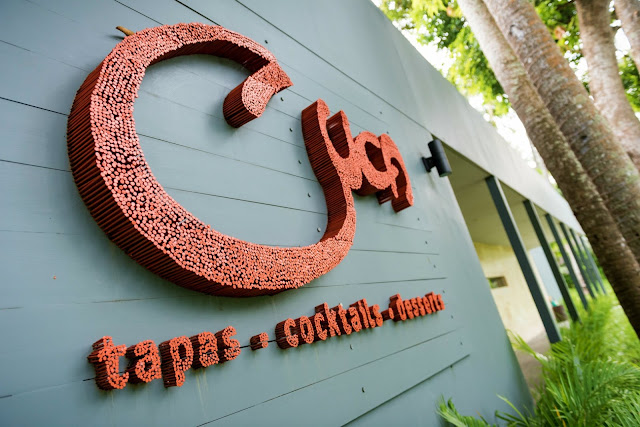The world is full of delicious places and their magical traditional food somehow loses a bit of its luster when exported to other countries. Mexican food is a great example, it really tends to suck outside of Mexico. Our understanding of Mexico until recently revolved around burritos the size of a small baby, chilies that will burn your face off, nachos dumped with cheap cheese and, of course, the dangers of tequila. Little did I know that, apart from tequila, none of these are actually Mexican. So, always in search of finding ways to make Cuca’s food tastier, it was time to discover the real Mexico and see for ourselves what many describe as the “Disneyland of gastronomy”.
21 days and 84 meals later, this is what we know. Mexico is separated into 31 states of deliciousness, each one transforming the modest ingredients from their land into spectacular unique local specialties. Natural good things put together in precise amounts with care and attention. Corn, chilies, cheese, beans, lime, tomato, tomatillo, onion and garlic are pretty much in every single dish but the results are, ironically, dramatically different. The food is earthy, hearty, rich and comforting, but it is the sauces that give Mexican food its personality and its complexity lies in roasting, burning and toasting the ingredients to perfume the food with layers of smoky charcoal.
What’s weird is wonderful ingredients like aggressive spiny cactus are transformed through fire into crunchy, slightly sour delicate sticks of green goodness; bugs that would seem disgusting and unthinkable to eat are fried and seasoned with chili and lime leaving Doritos scratching their heads; and chocolate so bitter children would run and hide from, becomes a key ingredient in the enchanting luxurious silky sauce known as Mole. The results are mouthfuls of intensity that dreams are made of.
To sum it up, dishes are cooked with a love that stems from an unmistakable devotion to tradition and a respect for the way things used to be made. The slow way is the good way and food that takes all day is just better. In a world where we have become obsessed with speed and efficiency, industrialization and pre-made preserved crap, Mexico fights a lonely battle to continue to embrace its culture through a celebration of painstaking preparations.
How to use all of this to make Cuca better? - you may wonder. Well… We will perfume our new dishes with the gently smoke of charcoal, we are crafting tortillas from organic brown rice to replicate the delicate ones from corn, we are now drying Bali’s chilis to gain complexity and aroma, we are crafting our own version of mole from local nuts, dried fruits, seeds, chilis and organic chocolate… We are basically dissecting those many mouthfuls that made us smile to make you, our guests, smile in return. Just be patient, we are becoming a little bit Mexican but the final product will take time. Just as we learned in Mexico, good things simply take time.
And here it is! The 5 minutes that capture unbelievably well the most amazing culinary adventure of our lives. We will be forever grateful to our friends from Food and Travel Mexico, who made Mexico unforgettable.










